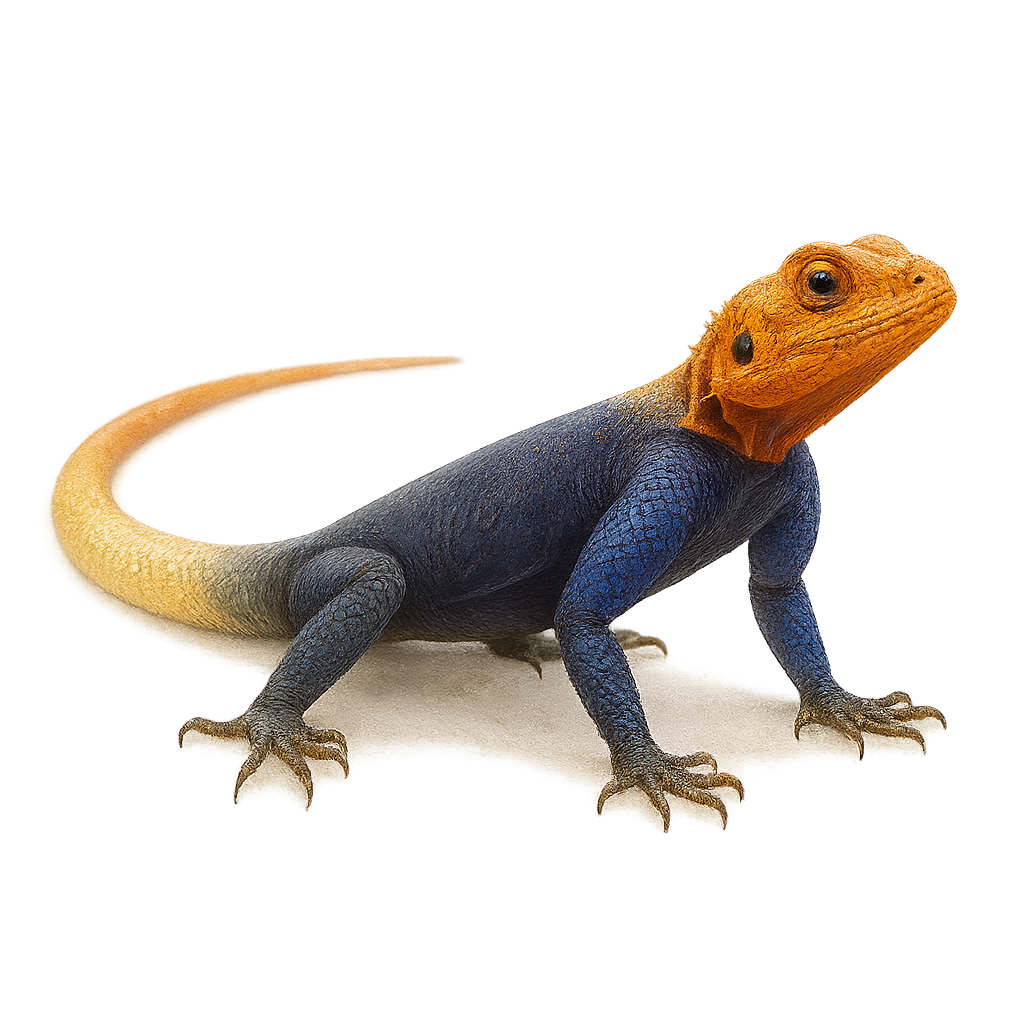Your wildlife photography guide.
Explore the namibian rock agama in detail, study its behavior, prepare your shots.
Where to observe and photograph the namibian rock agama in the wild
Learn where and when to spot the namibian rock agama in the wild, how to identify the species based on distinctive features, and what natural environments it inhabits. The WildlifePhotographer app offers tailored photography tips that reflect the namibian rock agama’s behavior, helping you capture better wildlife images. Explore the full species profile for key information including description, habitat, active periods, and approach techniques.
Namibian Rock Agama
Scientific name: Agama planiceps

IUCN Status: Least Concern
Family: AGAMIDAE
Group: Reptiles
Sensitivity to human approach: Suspicious
Minimum approach distance: 5 m
Reproduction period: October to December
Incubation: 60–75 jours
Births: December to February
Habitat:
Arid regions, rocky savannas, deserts
Activity period :
Active during the day when temperatures are favorable, often seen basking in the sun.
Identification and description:
The Namibian Rock Agama, or Agama planiceps, is a fascinating lizard found primarily in the arid regions of southern Africa, particularly in Namibia and Botswana. This reptile is easily recognizable by its flattened head and vibrant coloration, especially in males who display bright blue and orange hues during the breeding season. Females and juveniles, on the other hand, exhibit duller colors, usually in shades of brown and gray. The Namibian Rock Agama is a diurnal animal that spends most of its time basking in the sun on rocks or hunting insects. It is well adapted to its dry environment and can survive with very little water, obtaining necessary moisture from its food.
Recommended lens:
400mm – adjust based on distance, desired framing (portrait or habitat), and approach conditions.
Photography tips:
To photograph the Namibian Rock Agama, opt for early morning or late afternoon when the light is soft. Use a telephoto lens of 400mm or more to capture details without disturbing the animal. Be patient and observe its behavior to anticipate its movements. Look for natural backgrounds like rocks to highlight its vibrant colors.
The WildlifePhotographer App is coming soon!
Be the first to explore the best nature spots, track rutting seasons, log your observations, and observe more wildlife.
Already 1 431 wildlife lovers subscribed worldwide

